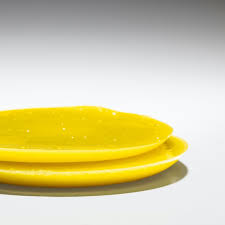Cooking oil is a staple in kitchens across Australia, adding flavor and texture to our favorite dishes. However, when it comes to disposing of used cooking oil, many people find themselves unsure of the proper and environmentally friendly methods. Improper disposal can have detrimental effects on the environment, clogging pipes, contaminating water sources, and harming wildlife. In this guide, we’ll explore the responsible ways to bid farewell to cooking oil in Australia.
1. Cool It Down:
After cooking, allow the used cooking oil to cool down. Pouring hot oil down the drain can cause plumbing issues and contribute to blockages. Give it some time to reach room temperature or place it in the refrigerator to speed up the cooling process.
2. Strain Before Storage:
Before storing used cooking oil, strain it to remove any food particles or debris. This step helps prolong the oil’s usability if you plan to reuse it, and it also prevents clogs when disposing of it.
3. Reuse or Recycle:
Consider reusing cooking oil if it’s still in good condition. Strained and clean oil can often be used for multiple rounds of frying. If reuse isn’t an option, recycling becomes the next environmentally conscious choice.
Check with your local recycling center or waste disposal facility to inquire about their policies on used cooking oil. Some areas have specific collection points or programs for recycling cooking oil. It can be repurposed for biodiesel production or used in other industries.
4. Use Absorbent Materials:
For small quantities of cooking oil, you can use absorbent materials such as paper towels, newspapers, or cardboard to soak it up. Once absorbed, these materials can be disposed of in your regular household waste bin.
5. Designated Collection Points:
Certain regions have designated collection points or special events where you can drop off used cooking oil for recycling. Check with your local council or environmental organizations for information on upcoming collection initiatives.
6. Solidify and Dispose:
Another method for small amounts of cooking oil is to solidify it before disposal. Mix the oil with an absorbent material like cat litter or sawdust, wait for it to solidify, and then dispose of it in your regular waste bin.
7. Avoid:
Never pour cooking oil down the sink or toilet. This can lead to blockages in the plumbing system and cause environmental harm. Similarly, avoid dumping oil in outdoor spaces, as it can contaminate soil and harm plant life.
8. Check with Local Authorities:
Since disposal methods can vary across different regions in Australia, it’s always a good idea to check with your local authorities or waste management services for specific guidelines and recommendations.
In conclusion, responsible disposal of cooking oil is crucial for maintaining a healthy and sustainable environment. By following these guidelines, you not only contribute to the well-being of your community but also play a part in ensuring that How To Dispose Of Cooking Oil Australia is repurposed or recycled in an eco-friendly manner. Grease gone right means a cleaner, safer, and more environmentally conscious Australia.


